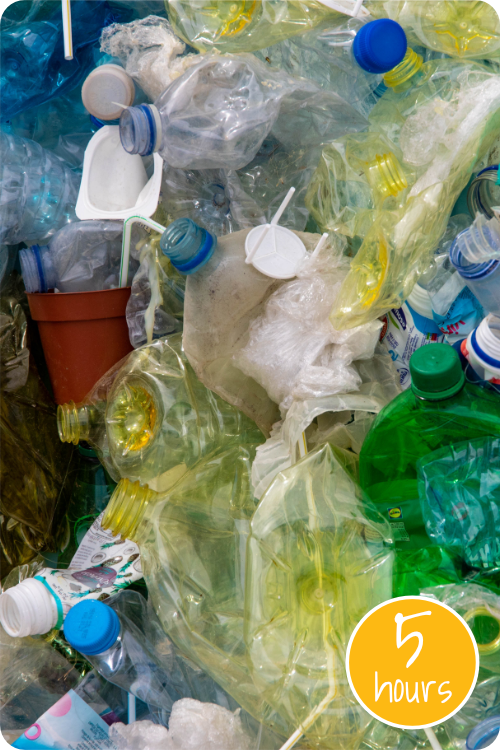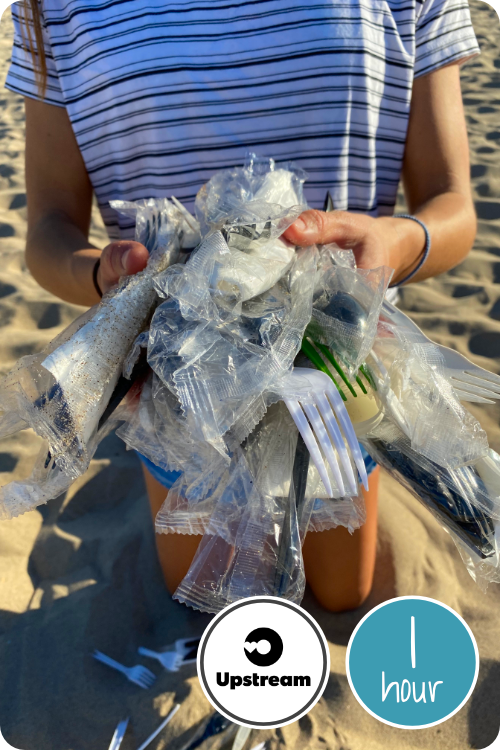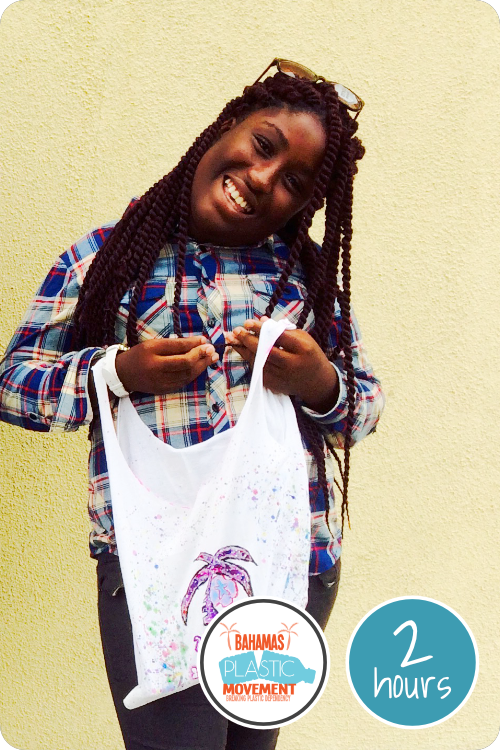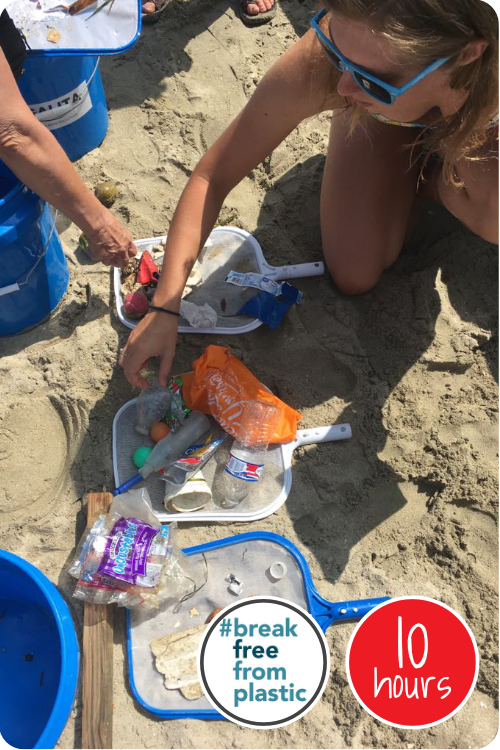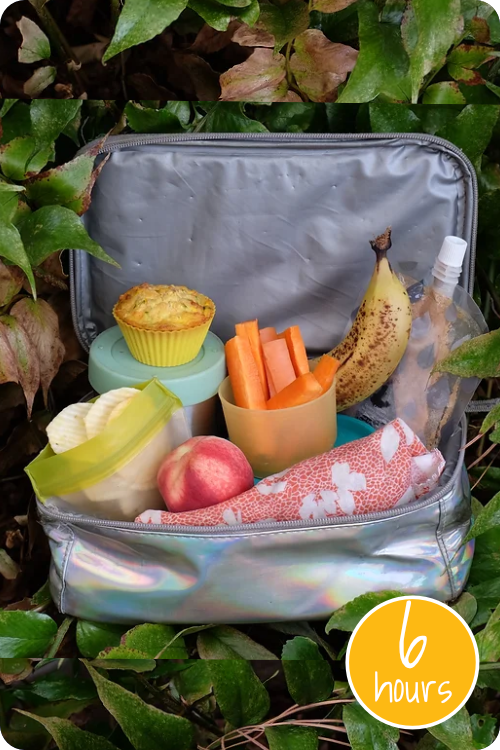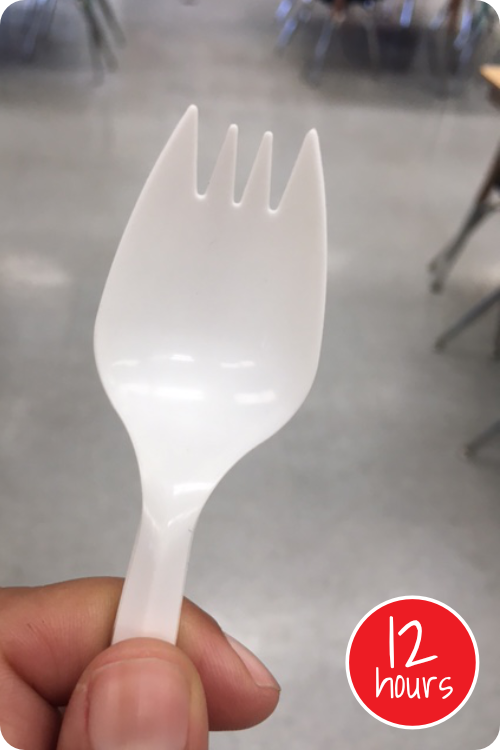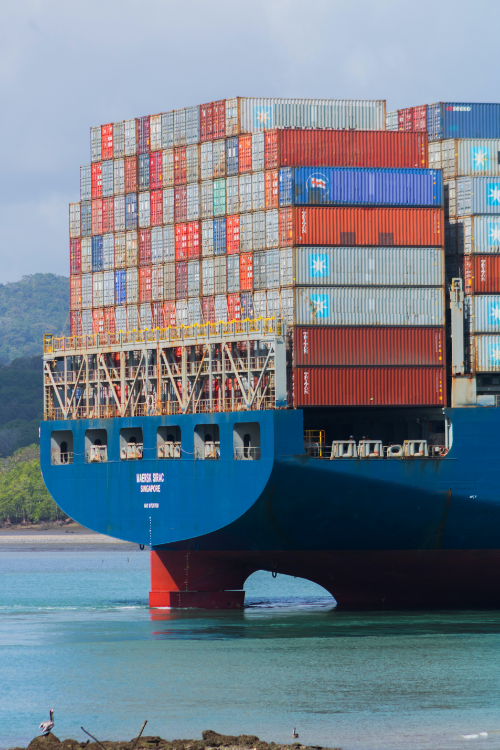
Lesson
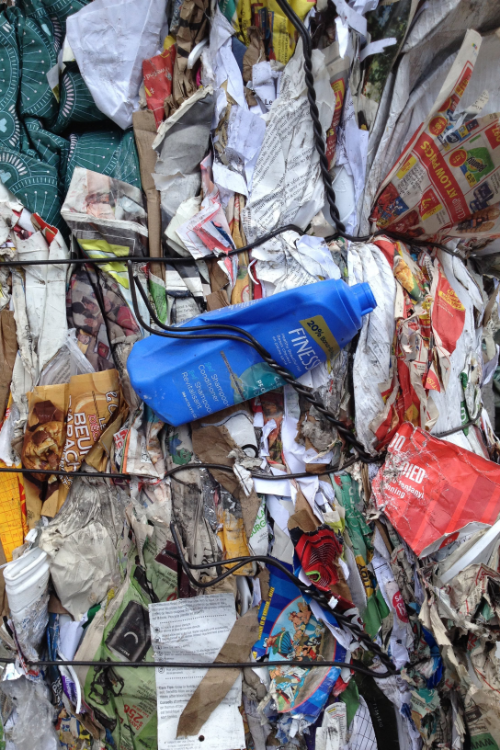
Photo credit: Vivianne Le May on Unsplash
Find out why less than 10% of plastic gets recycled globally and what we can do about it.
Grades 5 and up
Time Needed 60 to 90 minutes
Format Suitable for group or individual learning
Editable Handouts
– Can it be recycled – Item List PDF
– Can it be recycled – School Item List PDF
– Can it be recycled – Info Card Google Doc
– Can it be recycled – Sorting Station Cards Google Doc
– Can it be recycled – Student Worksheet Google Doc
– Can it be recycled – Lesson Key Google Doc
Materials
– Waste materials from home or cafeteria
Purpose and Context
Humans are using more plastics than ever. This is a problem, because over 90% of plastic waste is not recycled and instead destined for the landfill, incinerator, or environment. [1]
There is a common misconception that all plastics are the same, and that they are all recyclable. In fact, this is far from the truth. Watch this video to learn how plastics throw a wrench in our recycling systems:
Whether or not something gets recycled depends mostly on three main things.
Requirement #1: The item needs to be technically recyclable. This depends on the material it is made of, how it is designed, and whether the technology and infrastructure exist to recycle it.
Requirement #2: It needs to be profitable to recycle the item. In other words, it must be less expensive to make the item out of recycled material than new material. For most plastics – making new plastic is cheaper than recycling plastic.
Requirement #3: The item needs to be put in the recycling stream. You, the consumer, need access to a collection point for the item to get recycled, and good education on what you can recycle. Lots of parts of the US don’t have easy access to recycling programs or easy to understand information.
Sources
[1] See Geyer, R. et al. (2017). The Production, Use, and Fate of All Plastics Ever Made. Science Advances Vol 3, Issue 7. available at https://www.science.org/doi/10.1126/sciadv.1700782 last accessed on April 25, 2023.
Instructions
Prepare
- Print the three handouts Can it be recycled – Info Card Google Doc, Can it be recycled – Sorting Station Cards Google Doc (cut cards out), and Can it be recycled – Student Worksheet Google Doc for this activity, 1 of each per group of 5 to 6 students.
- Choose which Item List you’ll use: For items from home use Can it be recycled – Item List PDF. For items from school use: Can it be recycled – School Item List PDF. Distribute the items on the Item List among your students, and ask them to bring their item(s) from home, or the cafeteria, on the day you’ll do the activity. Ask your students to make sure the items they bring in are empty, cleaned, and dry. You can also simply cut out the item squares from the print-out and sort those, however, having the real items will make the activity more engaging and meaningful.
In Class
- Screen the video shown in the Purpose and Context section above.
- Group students into groups of 5-6. Each group brings their collected items. Each group receives a copy of the Info Card. Spread out the Sorting Station Cards on a big table or on the floor.
- Instruct each group to take turns reading the sections of the Info Card to get familiar with the things that determine that factors that make something recyclable or not.
- Using the Info Card and information on the Sorting Station Cards, instruct students to sort all of their items by placing them next to the correct Sorting Station Card.
- Then bring the class together to discuss how they sorted their items and why. This is an opportunity to discuss with them the challenge that it is not always clear what might be recycled.
- Students complete their Student Worksheet in their groups.
Tips and Suggestions
We haven’t covered all kinds of trash in this activity. What about food waste? Yard waste? Clothes and textiles? Toys, furniture, appliances, construction materials, electronics and other stuff?
Food and yard waste should be composted but lots of places don’t have composting programs. Many of the other items listed above are referred to as “hard-to-recycle” and need special programs to collect, repair, reuse, and recycle them.
Why does every city have their own recycling rules? Even though most of these waste materials are traded globally, every part of the world has different collection systems (from waste pickers to highly automated trucks and sorting facilities), and different access to trading in the global markets. Some places sell their recyclables, others are importers.
The best way to stay up to date on what is recyclable in your area is to follow your city recycling department online or on socials. Most cities have a printout or infographic online that you can print and put next to your household recycling bin.
If you don’t have recycling access at home you can search for a local drop off location. Otherwise, you can advocate to your city council to start a recycling program, a deposit return program or composting program to keep waste out of landfills and incinerators.
Associated Standards
NGSS
5-PS 1-3 Make observations and measurements to identify materials based on their properties.
Did you use this lesson?
Help us track our reach
Help your students take action with these Wayfinder Society Actions!
Conduct a Home Waste Audit
Conduct a home waste audit with your family to reduce your plastic use at home.
Trending: #NudeFood
Start a litterless lunch trend at your school.
#SkipTheStuff
Learn about this policy action being implemented in many cities to reduce single use food accessories.
Create a Better Bag
Check out this simple and cheap way to make a reusable bag.
Conduct a #BreakFreeFromPlastic Brand Audit
Get started with one of BFFP's biggest campaigns.
Pack a Litterless Lunch
Keep building your plastic-less habits.
Banish the Spork Packet
Transition your cafeteria away from wasteful spork packets.
Explore more
Not Disposable: Waste Pickers
Learn about the role of waste pickers in the global recycling economy.


